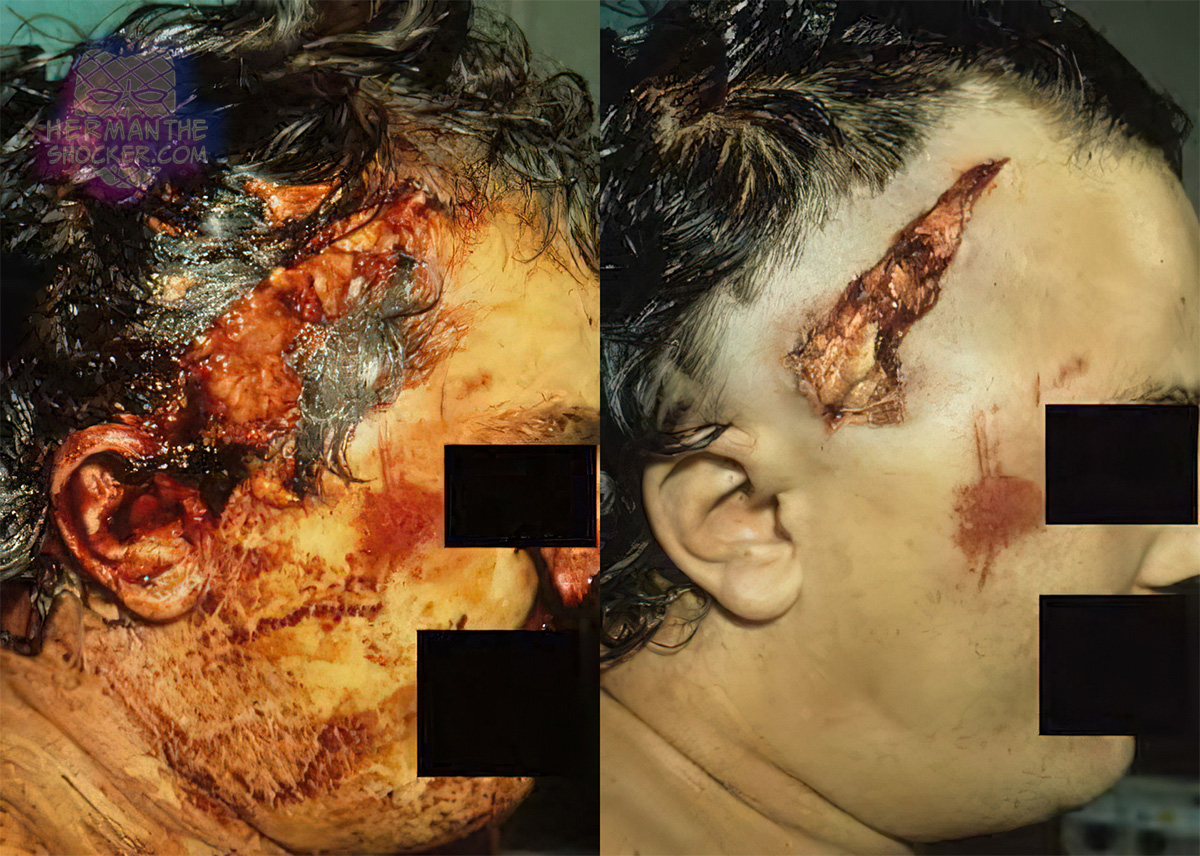An example of how blood can obscure the true nature of an injury. In the first picture of a man with a gunshot wound of the head, it is impossible to identify the wound. In the second photograph of the same man, the body has been cleaned and the hair has been shaved from around the gunshot wound. Cleaning and shaving allows for proper documentation of injuries. Blood can obscure the true nature of an injury in forensic science by masking wounds, altering their appearance, or concealing underlying trauma. This can hinder accurate documentation and analysis. Blood spatter may also obscure patterns, complicating injury reconstruction and requiring careful cleaning or imaging techniques to reveal critical evidence.
Latest posts

This individual died and his body was scavenged by a cat, no further info. The phenomenon of postmortem…

Note the bloating and decompositional blisters as well as the greenish discoloration around the area of the abdomen.…






